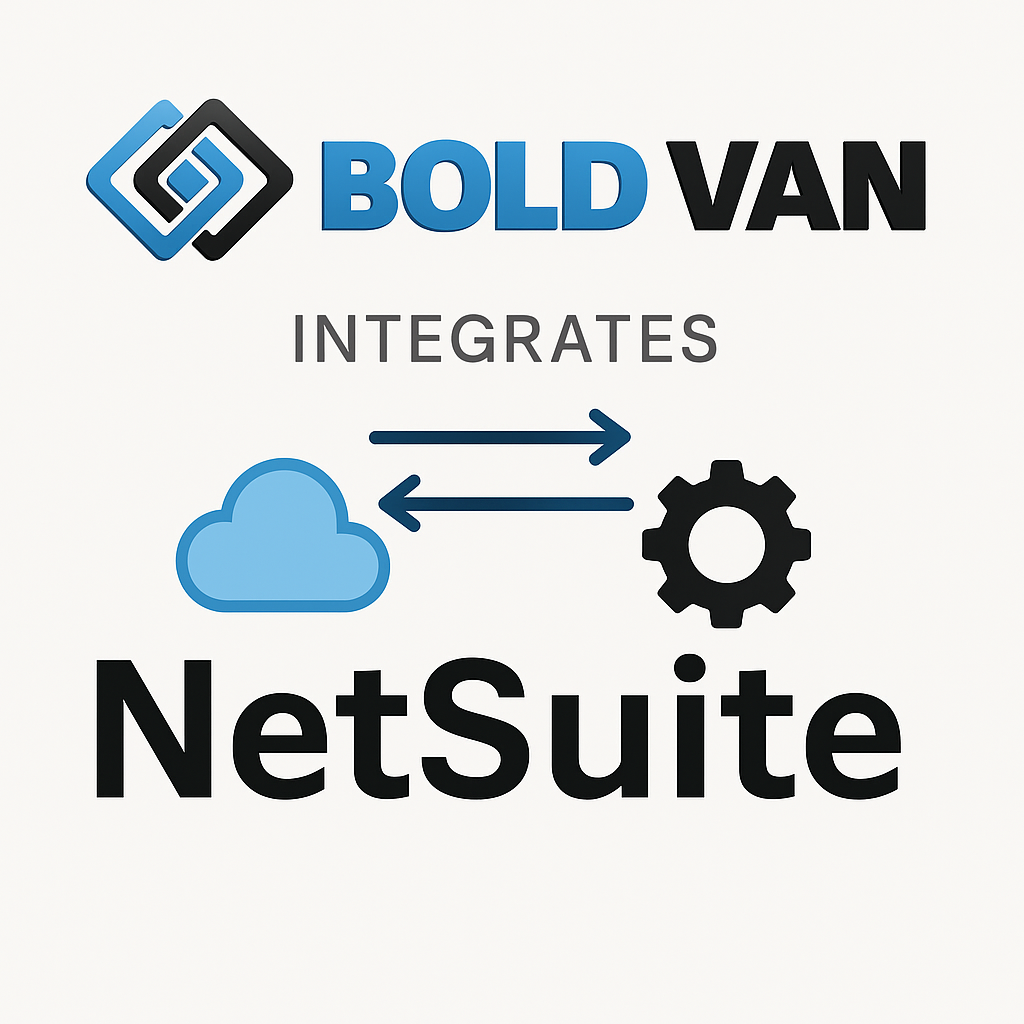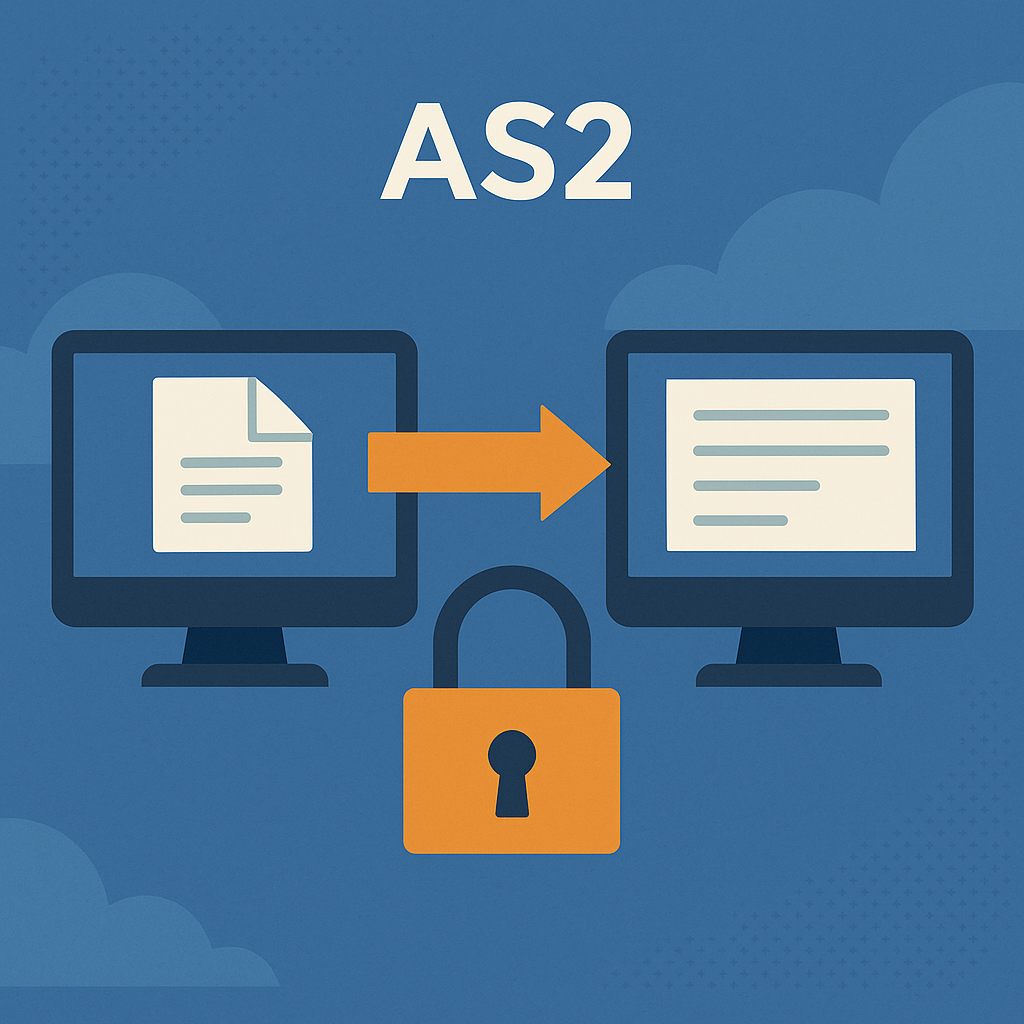
If you manufacture for Amazon or support the EDI (Electronic Data Interchange) stack as an IT leader, you’ve likely wrestled with fees that never quite add up. You might have budgeted for setup or a monthly platform expense, but mailbox overages and per-message charges have a habit of getting tucked away until statement time. You know the pain. Vendors like us, managing hundreds or thousands of Amazon EDI transactions each month, need cost certainty—not gotchas and rounding games.
Amazon’s EDI universe seems straightforward at first, but the devil’s in the details. The most common and frustrating fee categories you should watch out for are mailbox fees, per-message traps, and creative data rounding. Let’s pull back the curtain so you can immediately identify (and control) your costs.

Mailbox fees are exactly what they sound like—monthly charges just to store your EDI messages on the VAN. But in practice, these can be punitive, especially for those of us exchanging high-frequency documents with Amazon: orders, ASNs, invoices, and more. Legacy partners often bill per mailbox (per trading partner), easily costing you hundreds every month for the privilege of simply having storage—regardless of your transaction volume.
This one trips up even the most seasoned EDI pros. Unlike simple flat rates, many EDI providers bill for every single message sent or received—say, 10 cents to 25 cents apiece. Multiply that by the thousands of documents Amazon churns through your system each month (thanks to inventory updates, advanced ship notices, and invoices), and it adds up fast. You’ve probably seen your bill double after a big sales event… but not your revenue.
Here’s where contracts get really sneaky. Some EDI VANs measure your traffic with their own rounding rules—either inflating the number of messages or tracking message “size” up to odd decimal places and bumping it up in their billing engine. This means you wind up paying for phantom activity, often only discovering these markups when you scrutinize the fine print or request a breakdown from support.
When it’s time to migrate (think modernizing to NetSuite, SAP, Oracle, or Visual), expensive "one-time" fees appear for mapping, project management, or onboarding, sometimes running into thousands of dollars. And too often, you’re left paying not just for implementation but also for required "tweaks" or map adjustments whenever Amazon updates requirements.
If you haven’t read the latest fine print from Amazon, you’re likely in for a surprise. In 2025, Amazon switched many EDI promotion fees from fixed costs to performance-based models:
It’s not just about keeping your eyes on Amazon’s direct fees. Every new promo, every spike in order volume, means more EDI traffic—and that means mailbox and message fees compound on top of the promotional costs, gnawing away at your ROI.

Start by downloading your Amazon DRSR each month. Tally every charge: mailbox fees, message count, data storage, chargebacks, and anything listed under "Other" or "Category Services." Divide your total by gross revenue from Amazon to see your effective fee percentage. If Amazon or your EDI VAN adds a surprise line item, open a support ticket and demand clarity—don’t just absorb the cost as an inevitability.
You know the frustration—when promotions spike, invoice counts double, or Amazon changes requirements, your fees leap skyward for reasons outside your control. But you don’t have to play that game. Predictable, flat-rate plans are the only way to confidently model your costs month after month. At BOLD VAN, we’ve thrown out mailbox, message, and data rounding charges. When you see a single monthly line item, you know exactly where your EDI budget stands—no matter how aggressively Amazon ramps up integration requirements.
Chargebacks are a silent profit killer. Your team can’t treat these as random penalties—proactive review is essential. Use your Amazon Vendor Analytics dashboard to find the most common root causes (late shipments, invoice errors, and pricing mismatches), and set up automated daily scans. Sync your purchase order fill rates, shipping alerts, and ASN submissions ahead of Amazon’s deadlines. No EDI solution can fix poor compliance, but your VAN should always show real-time status for every trading partner so you can catch and resolve issues before Amazon’s trigger-happy chargeback logic kicks in.
You know how daunting migration projects can feel—especially if you’ve lived through a Gentran-to-cloud ordeal or mapped hundreds of codes for a new ERP. Don’t get stuck paying for every tweak or integration "phase." We provide straightforward onboarding (with your data, maps, and IDs migrated at no charge). You can pause, review, and do comprehensive testing in your new environment before going live—all without a surprise invoice waiting at the finish line.
Your leadership team wants to control spend, not react to surprises. For every $1,000 channeled through Vendor Central, mailbox and message fees could easily siphon off 8%–20% of your actual margin—all BEFORE the Amazon fines and promo commissions hit. Flat-rate, message-agnostic pricing changes that equation. You can forecast true EDI costs for an entire year and reinvest what you save (often thousands per month) into fulfillment, automation, or strategic growth projects.
You know the drill—mailbox fees, surging per-message charges, and penny-shaving data rounding. If you’ve had enough, it’s time to make a change. With BOLD VAN, you get one monthly price. No mailbox fees. No message-count metrics. No setup or migration blindsides. Most importantly, you get the transparency and flexibility to manage any volume Amazon throws your way—without second-guessing every invoice.
If you’re ready to get off the treadmill of unpredictable Amazon EDI costs and finally see your true ROI, schedule a demo with us today. We believe your EDI bill should feel as clean and predictable as your best-run supply chain. Your bottom line will thank you.

In 2025, integrating EDI with NetSuite is a strategic necessity that streamlines the order-to-cash process for distributors through automation, API-driven connectivity, and SuiteScript, reducing errors, improving compliance, and accelerating settlement times. The blog details best practices for zero-downtime migration, seamless partner onboarding, and transparent pricing, empowering distribution teams to scale efficiently while maintaining audit readiness and cost control.

This blog breaks down the essentials of EDI VAN security, focusing on robust encryption (in-transit and at-rest), AS2 messaging for direct, predictable cost transactions, and comprehensive audit trails for compliance and real-world risk management. It also emphasizes strong authentication, flexible protocol support, and transparent pricing to streamline migration and safeguard supply chain operations without surprise fees.

An EDI VAN serves as a secure digital hub, handling document exchange through centralized mailboxes and flexible protocols to streamline integration and reduce hidden fees. Discover actionable strategies for cost control and efficient migrations, empowering businesses to maintain compliance and drive smoother, transparent supply chain operations.